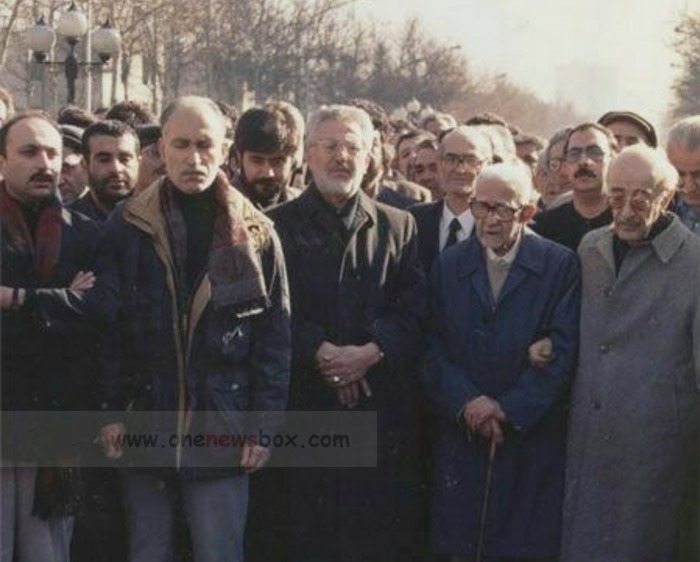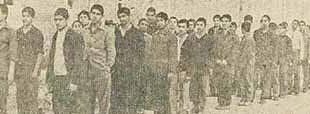As the revolution progressed, Bazargan found himself increasingly at odds with the more radical religious factions. He was a supporter of the original revolutionary draft constitution, which envisioned a secular governance structure. However, the newly established Assembly of Experts for Constitution introduced a theocratic framework, which he opposed. His efforts to implement democratic governance were continuously thwarted by the growing influence of clerical hardliners.
In March 1979, Bazargan attempted to resign, citing his government’s lack of real power in the face of the clerics’ dominance. Ayatollah Khomeini refused his resignation, urging him to continue in his position. In April of the same year, Bazargan and his cabinet members survived an assassination attempt, highlighting the tense political environment.
Bazargan’s tenure came to an end on 4 November 1979, when Iranian militants seized the U.S. Embassy in Tehran, taking American diplomats hostage. He and his cabinet resigned in protest, acknowledging their inability to resolve the crisis and their frustration with the increasing radicalization of the revolutionary government. His resignation marked a turning point, signaling the consolidation of power by the more hardline factions within the revolutionary leadership.

